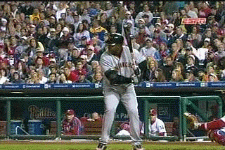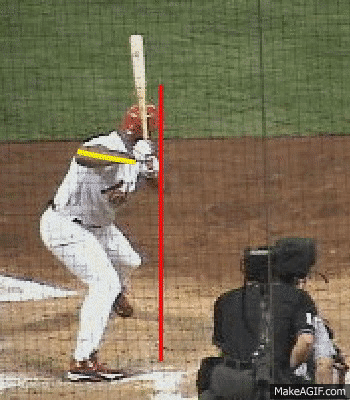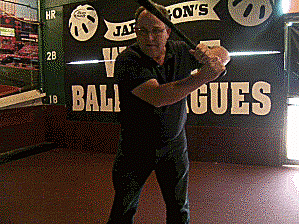- Jun 11, 2015
- 1,175
- 48
Some questions to ponder in this regard:
Where are the muscles are that are used for gripping?
Do wrists (or any other joints) have muscles? What controls joint movement?
Can you find a way to have a strong grip and loose wrists?
Can you think of any athletic movement that starts with tensed muscles?
Why is there such a focus on pre-event stretching in sports?
How important do you think grip strength was in Todd Frazier's infamous no-hands home run?
I don't think grip strength played any part in Todd Frazier's home run. Blackout contact doesn't require the bat to be anchored at one end. Well sure he needed grip strength to get that 99mph bat speed but grip strength didn't play a part really. I think I'm gonna write a letter to MLB and let the players know they don't need those Popeye forearms, will you sign it with me Monsters?








